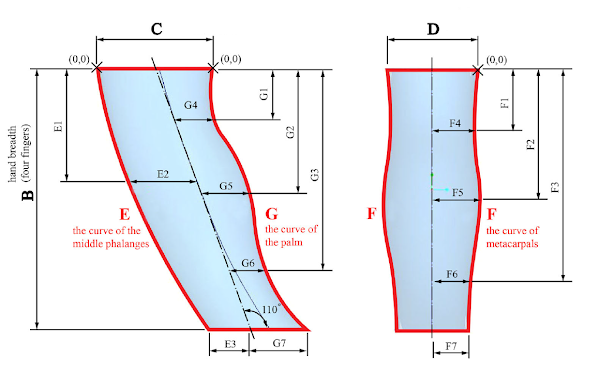Water rocket launcher: pressure parts
Building a launcher needs to be done only once (hopefully) and it's the most critical part to be built. The tricky part of the launcher is the release mechanism, which I'll discuss elsewhere. On this page we go over the pressure equipment that attaches to the launcher.
The tutorials and videos I found online about building a water rocket launcher all include instructions about bonding metal to PVC — a bad idea in my opinion. Common examples are bonding a hose barb to PVC, or bonding a tire valve stem to a PVC end cap. That's nonsense.
Why do that when you can accomplish the same thing for a lot less work using actual air compressor fittings? Why use a tire valve stem when you can get an air tank valve stem that's exactly the same size? Why use a hose barb when air compressor fittings designed for the purpose are available and fairly inexpensive? And with compressor fittings, you can detach the hose from your launcher for easy storage.Here's my bill of materials for the stuff that attaches to the launcher:
- 1 - 50 foot coil of 200 psi compressor hose with 1/4" NPT threaded ends ($15 from Amazon)
- 2 - brass 1/4" NPT industrial spring-collar couplers, femaie 1/4" NPT end (about $6 total)
- 1 - brass industrial plug to mate with coupler, 14" NPT male end ($2)
- 1 - brass industrial plug to mate with coupler, 1/4" NPT female end ($2)
- 1 - tank valve stem (came in a package of 2 from Amazon) ($6)
- 1 - brass tee connector, 1/4" NPT female-male-female ($2.50)
- 1 - highly accurate (1%) pressure gauge (I lucked out when the price was briefly $5, now about $30, but you can get 2% accurate gauges for less than $10)
- 1 - brass pipe adapter, 1/4" female NPT to 1/2" male NPT (surprisingly expensive, about $8) - this screws into the PVC adapter, below.
- 1 - PVC elbow with glue-able slip socket on one side and 1/2" NPT female thread on the other - this goes on the launcher (less than $1)
- 1 - roll of teflon tape for thread sealing ($1)
- 1 - container of silicone grease to help seal and protect rubber fittings (like the o-rings in the couplers, and the o-ring on the launch tube) ($2)
Some of the items came from Amazon, everything else came from Home Depot or Orchard Supply Hardware. The tee connector and pressure gauge are optional; you can get a female tank valve stem that screws directly onto the male end of the pressure hose. But my tire pump has a very inaccurate pressure gauge, and since I'm interested in competition, I want it to be honest and accurate, so I bought an accurate pressure gauge. I also bought a new foot-pump recently that goes to 180 psi, but it has an even more inaccurate built-in pressure gauge, reading consistently 20% too high. I just don't trust the gauges that come with the pumps; they are notoriously inaccurate.
Here are all the parts put together, connected for rocket flight:
Here the release fittings are disconnected for easy storage of the pieces:
When I pressure-tested this, I observed an alarming leak, which turned out to be due to the cable tie restraints slipping, causing the launch tube o-ring in the test bottle to reach the lip of the bottle, causing a leak. Re-securing the cable ties fixed the problem. I pumped it up to 80 psi and the pressure was pretty stable, losing 2 psi over the course of 20-30 minutes. My weakest joint is the launch tube splice, where I did have to bond metal to plastic, and I'm not inclined to do that all over again.




Comments
Post a Comment